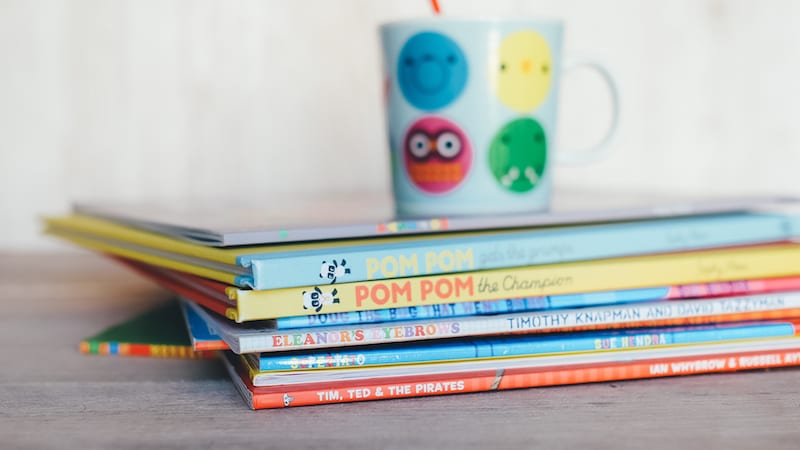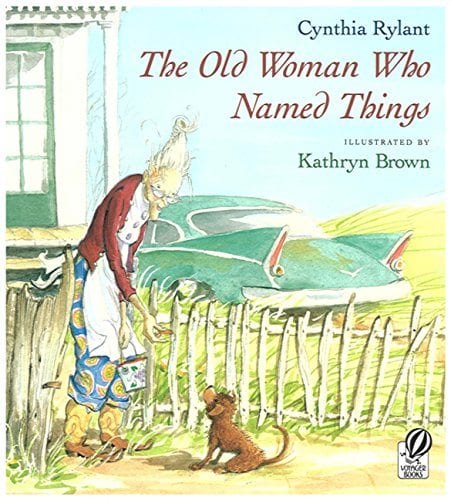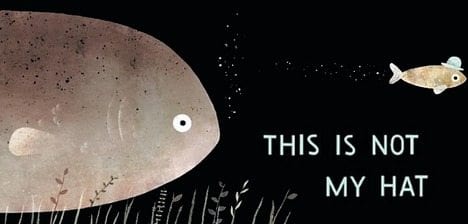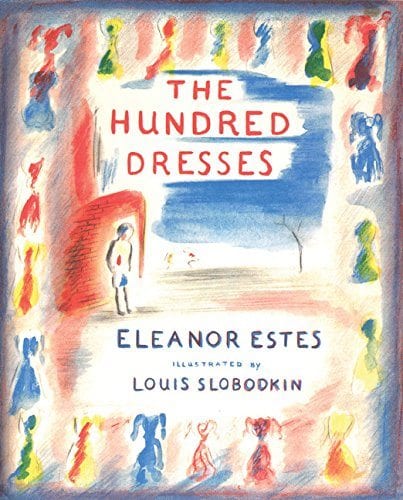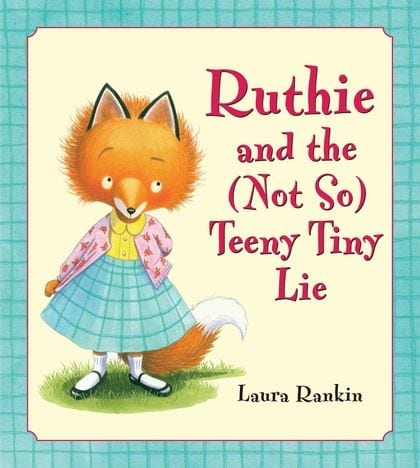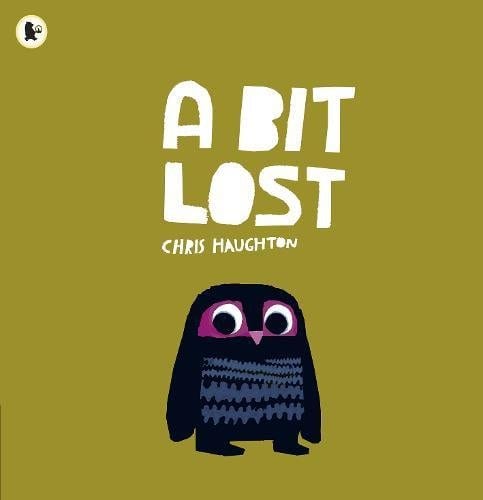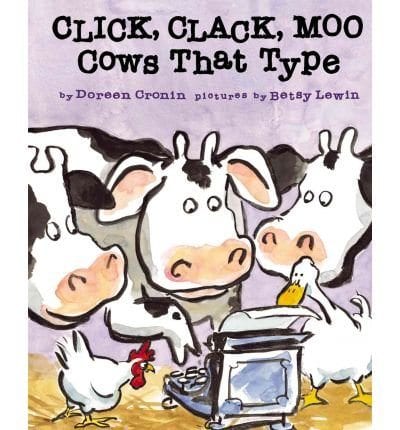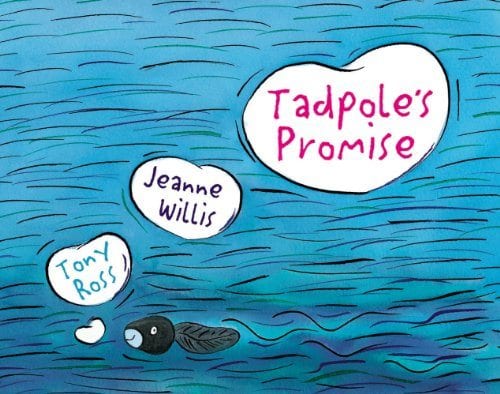Though teachers carefully plan how to open the year in order to build a connection with students and engage them, they sometimes forget to plan time devoted to closure. But for some kids, closure is a necessary part of their school relationships. Not everyone is excited to have the school year end. Some kids are happy, some are sad and some are even angry. We’ve gathered 11 of the best end-of-year books that will help you say goodbye.
1. The Old Woman Who Named Things by Cynthia Rylant
This story is about an old woman who names inanimate objects that will outlive her, but she won’t name a new puppy in her life because she is afraid to lose him. All things come to an end, but memories are critical to how we define ourselves. Make memories with your students.
2. Knufflebunny by Mo Willems
This age-old story about a child who loses her prize possession is something all kids can identify with. When the adult won’t listen, it becomes a story about sadness and frustration over the lack of control as a child. It makes our list of end-of-year books because the changing of classrooms and teachers may feel just this way for kids.
3. This Is Not My Hat by Jon Klassen
The inferencing in this book, about a small fish who brags about stealing a hat from a big fish, is swallowed up when the big fish is left alone at the end wearing the hat. How can we help students read social cues about how they feel at the end of the year? Do they feel swallowed up or like they’re big fish now and ready to move on?
4. The Hundred Dresses by Eleanor Estes
This is a very short chapter book about a girl who brags about having 100 dresses. No one believes her until they see that she means drawings of dresses. By the time they realize their mistake, she has moved and they can never apologize.
5. Each Kindness by Jacqueline Woodson
Much like The Hundred Dresses, this book’s ending is sad because it is unresolved. Sometimes the end of a school year can feel like that, and a discussion about that feeling being OK can make a difference.
6. Ruthie and the (Not So) Teeny Tiny Lie by Laura Rankin
There are so many emotions tied up in this story about a fox who lies about a small camera she finds. Her lies make her so sad, but the way children and adults behave in this book make it a perfect end-of-year book to discuss.
7. A Bit Lost by Chris Haughton
The story begins with Little Owl falling out of the nest and heading on a quest for his Mummy. Finally, reunited at last, Mummy invites his rescuers up to the nest, only for Little Owl to fall asleep again.
8. Click, Clack, Moo: Cows That Type by Doreen Cronin
This story is about cows that want to be warm. They request electric blankets from the farmer. Just as all is resolved with the cows, the reader discovers the ducks want a diving board! The message that what we want is always changing makes this a good end-of-year book pick.
9. Tadpole’s Promise by Jeanne Willis
The ending is controversial but true to nature. The caterpillar turns into a butterfly and gets eaten by her true love, the tadpole-turned-frog. It offers a great jumping-off place for discussions.
10. The Egg by M.P. Robertson
At the end of this tale, the dragon must go back to his world and the boy must stay in his. We can miss each other but still love where we are.
11. Somebody Loves You Mr. Hatch by Eileen Spinelli
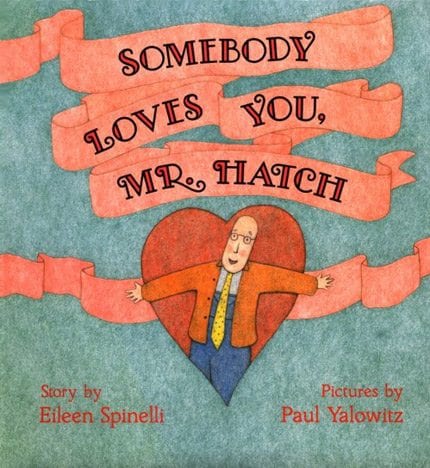
Mr. Hatch starts out lonely until he thinks somebody loves him. In the end, he finds out he was wrong about that one person but that lots of other people love him. This is typically a book reserved for Valentine’s Day, but it makes a beautiful point about how we can choose to think about our life as joyful or sad.
Five Endings for End-of-Year Books
After reading, talk about each of these kinds of endings and ask the kids to share what ending they wish would happen this school year.
- A straightforward ending is usually happy (but sometimes not) and wraps up all of the loose ends.
- An implied ending leaves questions open to interpretation. The reader gets to fill in the blank for a few different potential directions.
- An unresolved ending is similar to an implied ending but with less closure. The main conflict isn’t resolved.
- A twist ending happens unexpectedly. Readers think they know how the story will conclude but get a surprise in the final pages.
- A tie-back ending comes full circle to a point from the beginning or middle of the story. It’s like wrapping up a story with a bow.
